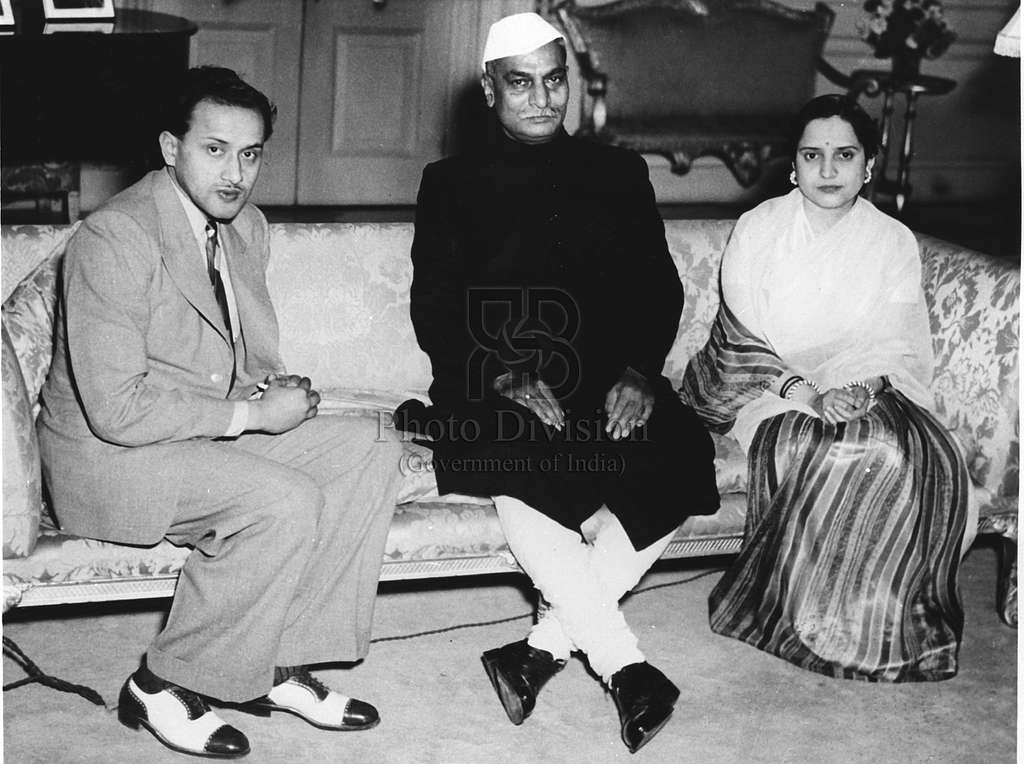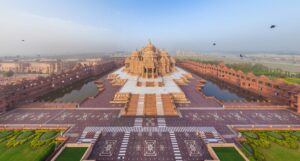The First President of India – India, being the world’s largest democracy, has a rich political history. One of the most significant milestones in this history is the appointment of the first President of India. Dr. Rajendra Prasad, who was a prominent figure in the Indian independence movement, became the first President of India. This article provides a detailed account of Dr. Rajendra Prasad’s life, his contributions to India’s freedom struggle, and his tenure as India’s first President.
The First President of India: The Remarkable Journey of Dr. Rajendra Prasad
Early Life and Education
Dr. Rajendra Prasad was born on December 3, 1884, in the district of Siwan in Bihar. He belonged to a family of modest means and had to work hard to fund his education. He completed his primary education in Chapra and went on to study at the prestigious Presidency College in Calcutta. Later, he moved to England to study at the University of London, where he earned his Ph.D. in Economics.
Role in India’s Freedom Struggle
Upon returning to India, Dr. Rajendra Prasad became an active participant in the Indian independence movement. He joined the Indian National Congress and worked alongside other prominent leaders such as Mahatma Gandhi, Jawaharlal Nehru, and Sardar Vallabhbhai Patel. He was a key figure in the Non-Cooperation Movement, the Civil Disobedience Movement, and the Quit India Movement.
Contributions to India’s Constitution
After India gained independence in 1947, Dr. Rajendra Prasad played a pivotal role in drafting India’s Constitution. He was appointed the President of the Constituent Assembly and was instrumental in the framing of the Constitution. He is remembered for his commitment to upholding the principles of democracy, equality, and social justice in the Constitution.
Appointment as India’s First President
In 1950, Dr. Rajendra Prasad was elected as the first President of India, a position he held for two consecutive terms until 1962. During his tenure, he played a crucial role in establishing the office of the President as an important institution in India’s political system. He was widely respected for his humility, integrity, and commitment to public service.
Achievements as India’s First President
As President, Dr. Rajendra Prasad focused on building strong diplomatic relations with other countries. He traveled extensively to countries such as the United States, Japan, and the United Kingdom to promote India’s interests. He also took several initiatives to promote education, science, and technology in India.
Legacy
Dr. Rajendra Prasad passed away in 1963, leaving behind a rich legacy. He is remembered as a statesman, a scholar, and a visionary leader who played a crucial role in shaping India’s political history. His contributions to India’s freedom struggle, his role in framing the Constitution, and his tenure as India’s first President continue to inspire generations of Indians.
Conclusion
In conclusion, Dr. Rajendra Prasad was a towering figure in India’s political history. His life and achievements continue to inspire millions of Indians, and his legacy remains an integral part of India’s national identity. As India celebrates its 75th year of independence, it is essential to remember and honor the contributions of leaders like Dr. Rajendra Prasad, who played a crucial role in shaping India’s destiny.
FAQs
- Who was Dr. Rajendra Prasad?
- Dr. Rajendra Prasad was the first President of India and a prominent figure in India’s independence movement.
- What were Dr. Rajendra Prasad’s contributions to India’s freedom struggle?
- Dr. Rajendra Prasad was a key figure in the Non-Cooperation Movement, the Civil Disobedience Movement, and the Quit India Movement. He worked alongside other prominent leaders such as Mahatma Gandhi, Jawaharlal Nehru, and Sardar Vallabhbhai Patel to fight for India’s independence.
- What was Dr. Rajendra Prasad’s role in framing India’s Constitution?
- Dr. Rajendra Prasad was the President of the Constituent Assembly and played a pivotal role in drafting India’s Constitution. He ensured that the Constitution reflected the values of democracy, equality, and social justice.
- What initiatives did Dr. Rajendra Prasad take as India’s first President?
- As India’s first President, Dr. Rajendra Prasad focused on building strong diplomatic relations with other countries. He also took several initiatives to promote education, science, and technology in India.
- What is Dr. Rajendra Prasad’s legacy?
- Dr. Rajendra Prasad’s legacy is one of a statesman, a scholar, and a visionary leader who played a crucial role in shaping India’s political history. His contributions to India’s freedom struggle, his role in framing the Constitution, and his tenure as India’s first President continue to inspire generations of Indians.




